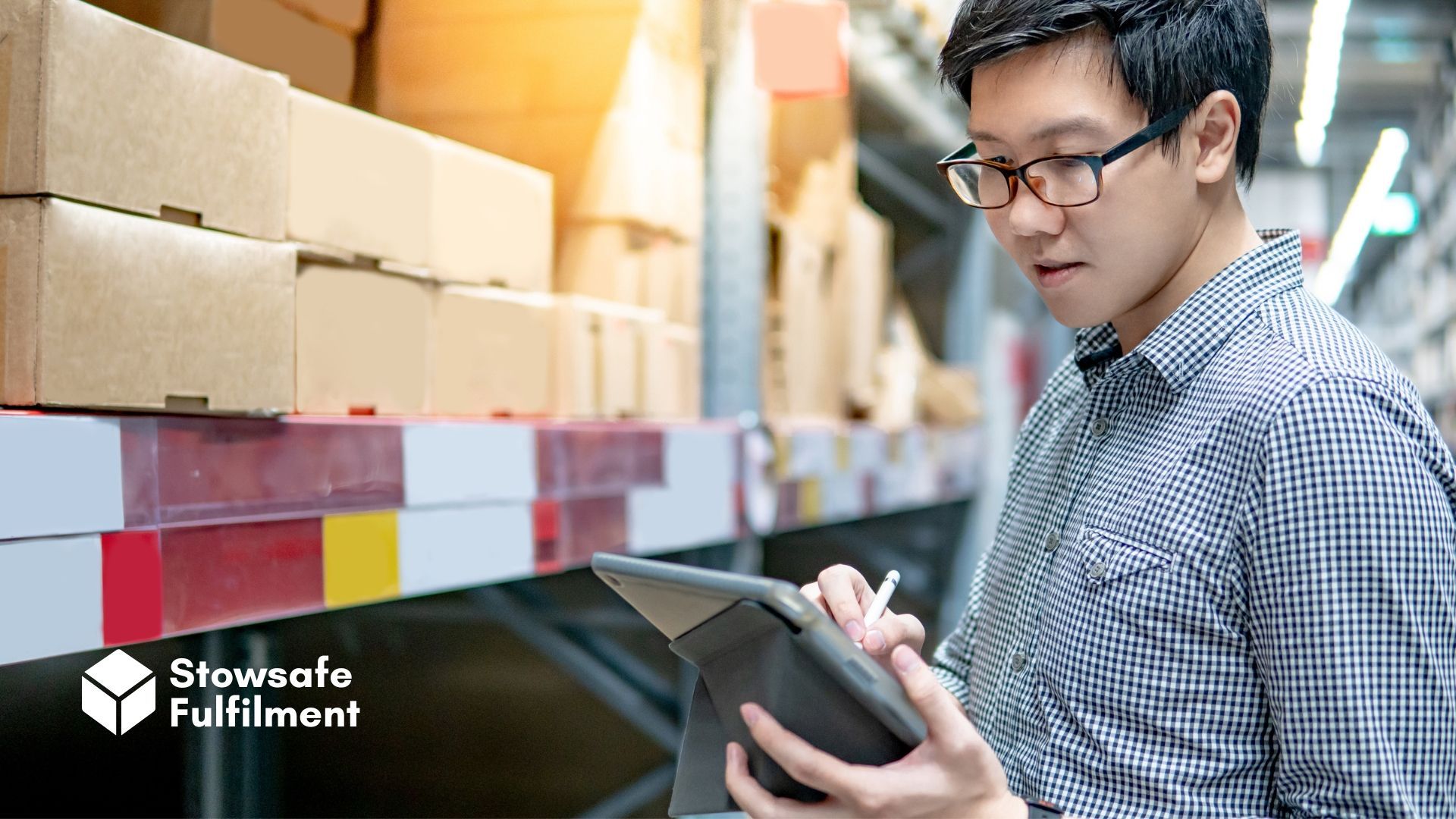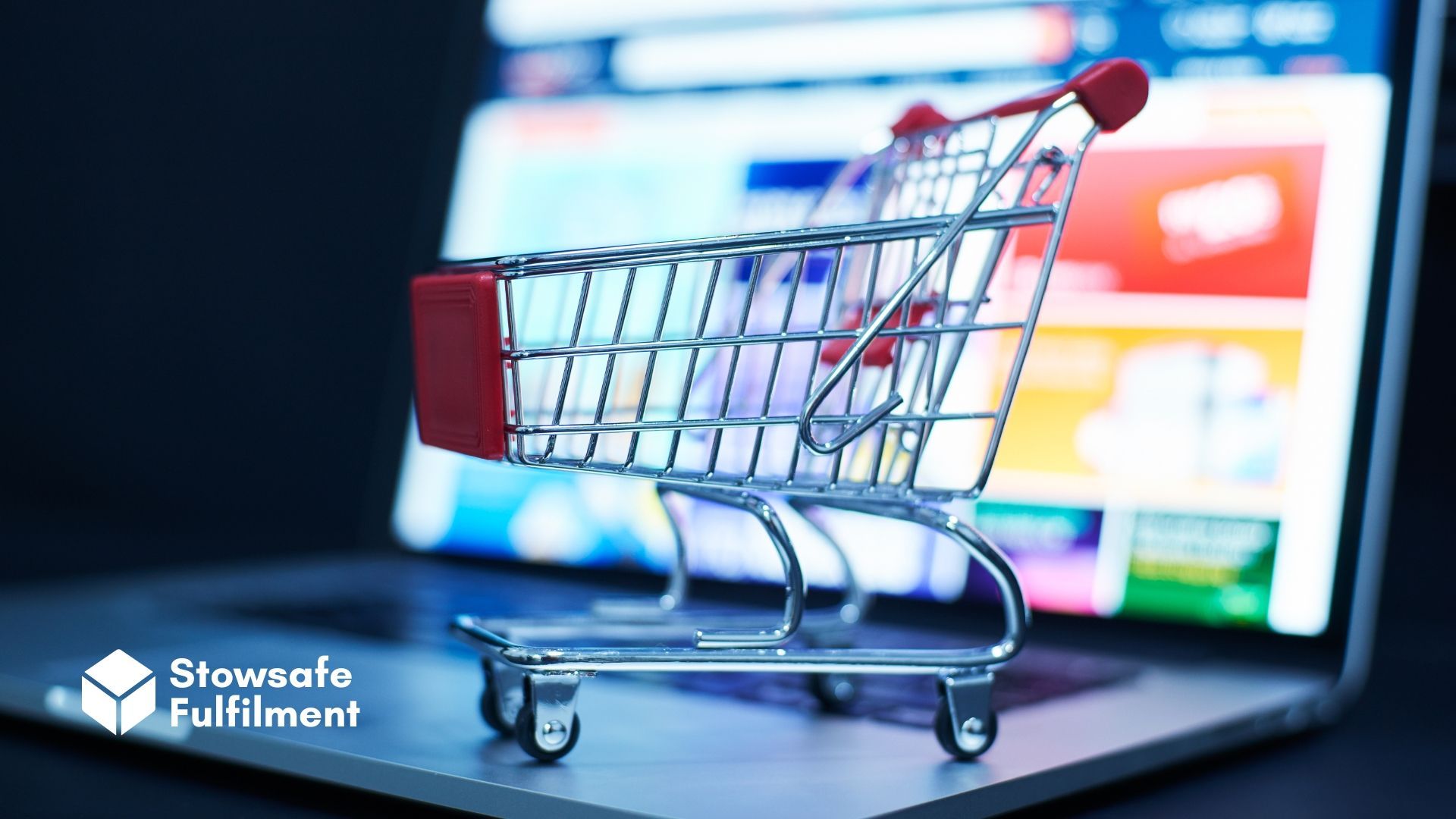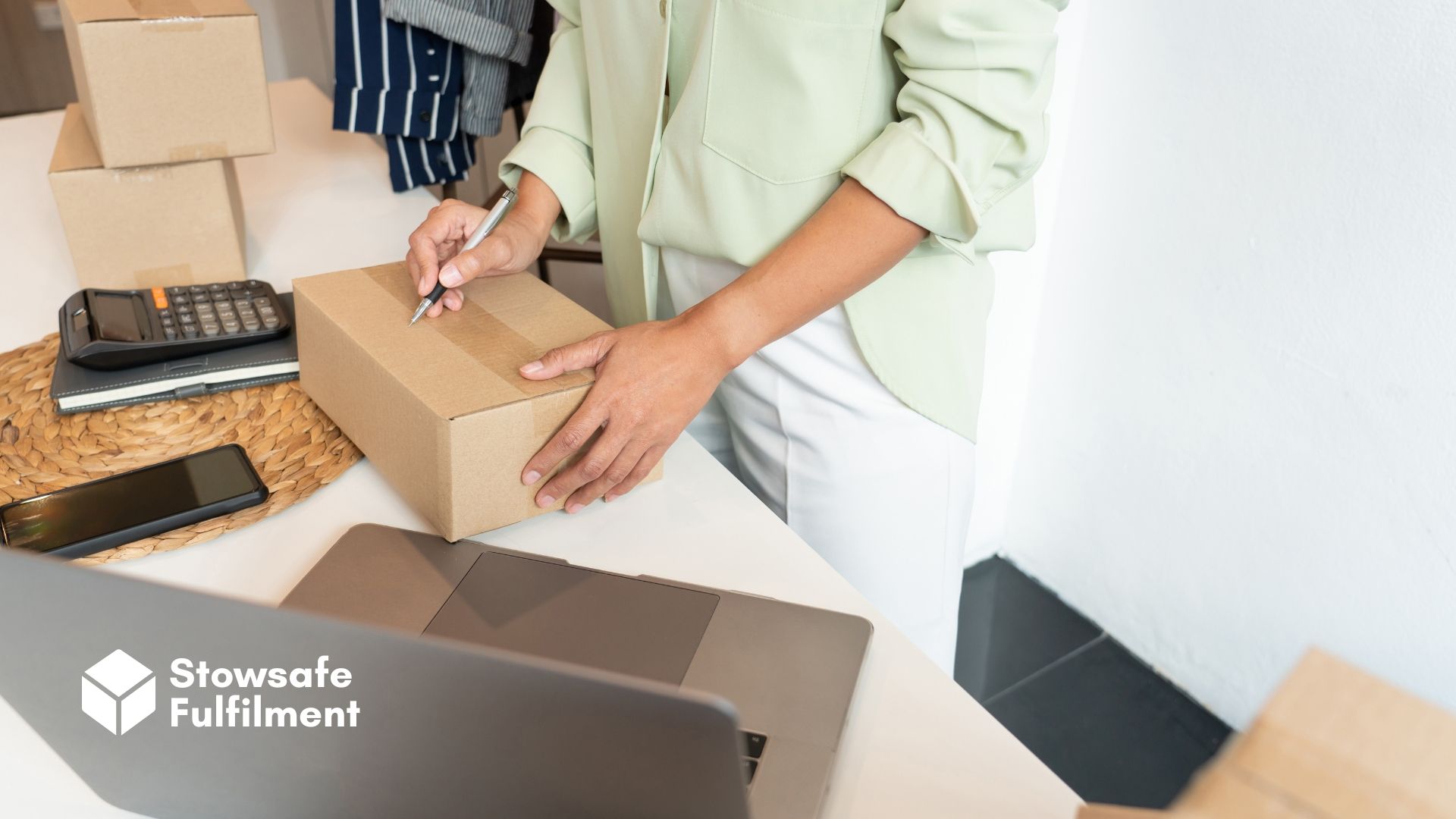Customers want to trust eCommerce brands – and you as a brand want them to trust you too. In this article, we look at ways to gain customer trust.

These days, customers want to trust brands. They treat brands like people – if they like you, they'll stick around. If they don't like you, you're off their Christmas card list.
In traditional brick-and-mortar retail, there are ample opportunities to gain customer trust. Customers can touch, feel and try on items and clear up their doubts in conversation with sales reps.
eCommerce brands need a different toolset to ensure they gain the trust of their customers – and they're up against stiff competition as more and more retailers set up their online stalls.
In this article, we explain how you can build customer trust and convince shoppers that you're the best choice for them.
1. Get a good website
A good website is key for conversion. But what do we mean by "good"?
First, it needs to be easy to navigate and not cluttered with irksome pop-ups and ads. Ensuring consistency with fonts, colours and logos tells visitors that you mean business.
Secondly, you want your website to perform. If a customer logs on to your online store and it's slow to load or littered with dead links, they're going to shop elsewhere. The standard is high, so you need to meet customer expectations.
Finally, you could consider including a blog section on your website sharing posts that are relevant to your visitors.
We're living in an age of affordable, user-friendly website-building platforms, so there's no excuse not to have a website your shoppers can trust.
2. Put time into your product descriptions
When it comes to describing your products, cut and paste is an option – but thoughtful, accurate, colourful copy will always win customers' hearts more readily. It shows that you're not just a storehouse for goods – you're a company with personality and vision.
Don't run the risk of misleading customers with dodgy product descriptions. If you want them to come back for more, make sure your copy is right on point.
3. Make information accessible and easy to read
There are lots of regulations you need to comply with when running an online store – we looked at them in another article.
Looking at these rules and regs from the customers' point of view, they want relevant info to be easy to locate and easy to read. If they're after your returns policy or are a stickler for GDPR, you don't want to make them dig around as they'll likely lose patience and shop elsewhere.
4. Include testimonials
Let's face it: unless your store has been recommended by word of mouth, there's no real reason why a customer should go for you above another retailer who has the same item in stock at a similar price. How can you convince them to stick around?
Testimonials are one way to make you shine brighter than your competitors. You can get these in a few different ways:
- Send an automated email a week after purchase linking to a web form where customers can leave a review.
- Send out a customer satisfaction survey. (An added advantage here is that bad reviews can help you make adjustments to your business.)
- Reward reviews with discounts, coupon codes, little gifts… the possibilities are endless.
You want this process to be as painless as possible. Leaving a review is unlikely to be top of your customer's to-do list that day, but they're far more likely to do it if the process is clear and easy.
As soon as you receive some positive words from a customer, make sure they're showcased prominently on your online store.
You should also make a point of responding to all reviews – and that means all reviews, not just the nice ones. This shows that you're responsive, respectful and willing to take criticism on board as well as praise.
5. Be clear about your prices and delivery costs
This should go without saying as it's a legal requirement – your online store has to display prices clearly and accurately. This aside, you're shooting yourself in the foot if you give your customer a nasty surprise on checkout when they realise they haven't paid VAT or delivery yet.
Transparency about costs is key to building trust and retaining customers.
6. Keep customers updated about their purchase
As soon as a customer clicks "confirm" on a purchase, they should have it in writing ASAP along with an estimated date of delivery. This could be by email or text, depending on their preference. Any delays or changes to the order should be sent out to them promptly.
Don't leave your customers in the dark about their order status. Keep them updated so they know that their order is in capable hands.
7. Be easy to contact
A big difference between brick-and-mortar stores and eCommerce is that online shopping never sleeps. Trading hours are 24/7, which is one reason why automated emails are a must.
The question is: how can you be reachable in the wee small hours while still ensuring you get a good night's kip? One answer is a website chatbot, which can answer customer FAQs around the clock.
8. Make sure your fulfilment process is watertight
A robust fulfilment process is key to building customer trust. You want your picking, packing and dispatching to be seamless, meeting the expectations of customers now accustomed to online retail giants.
One way to make this possible is by integrating your shopping carts with a warehouse management system (WMS). This automates customer notifications and keeps track of inventory, so you're never stung by low stock.
This is a detailed, repetitive and time-consuming process. You might find yourself in a position where outsourcing is the answer.
That's where we come in. At Stowsafe we take care of your fulfilment process so you can focus on making your business grow. If you want to gain trust by providing a seamless customer journey, check out our warehousing and fulfilment services.
All Rights Reserved | Stowsafe Fulfilment














